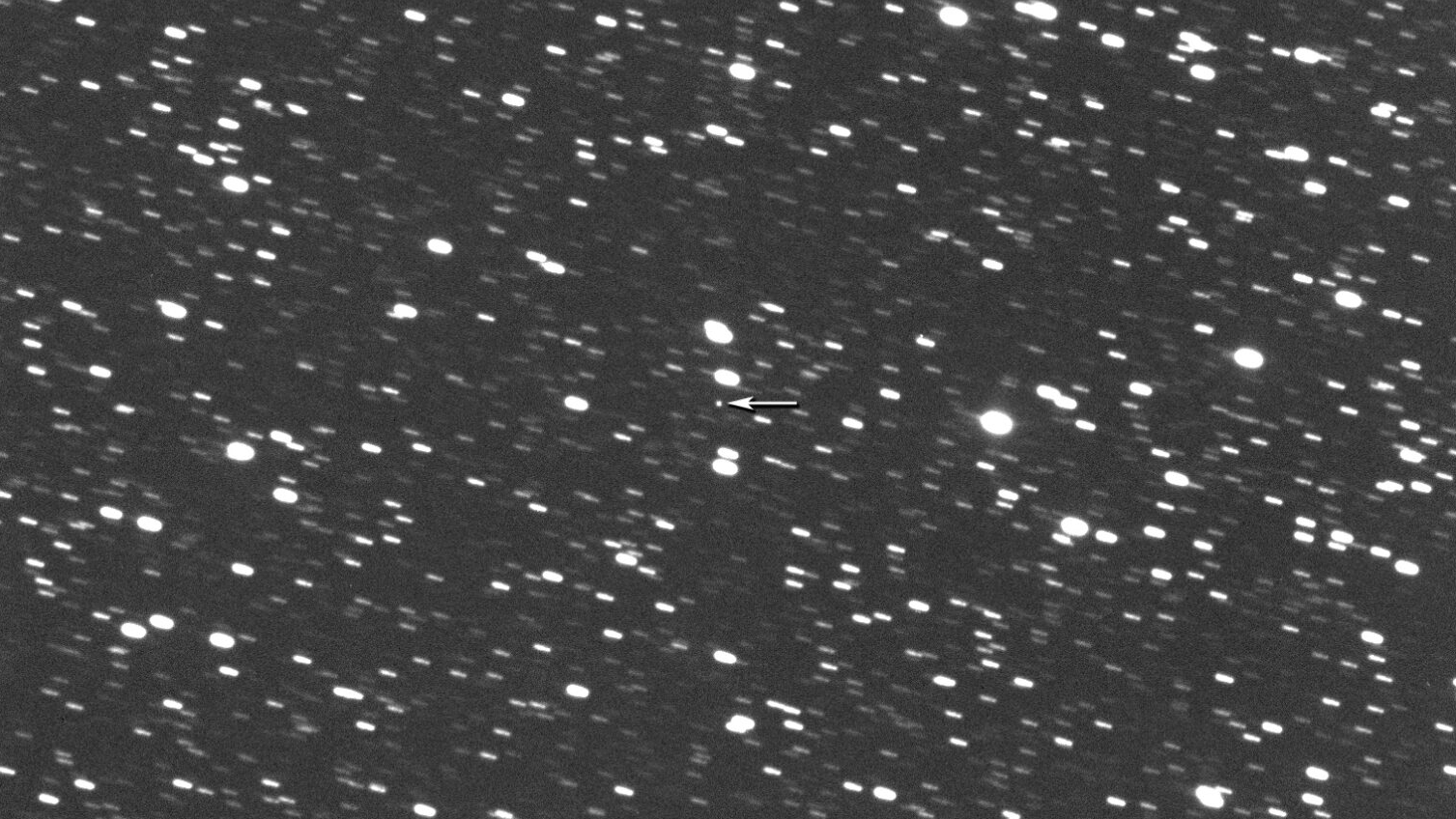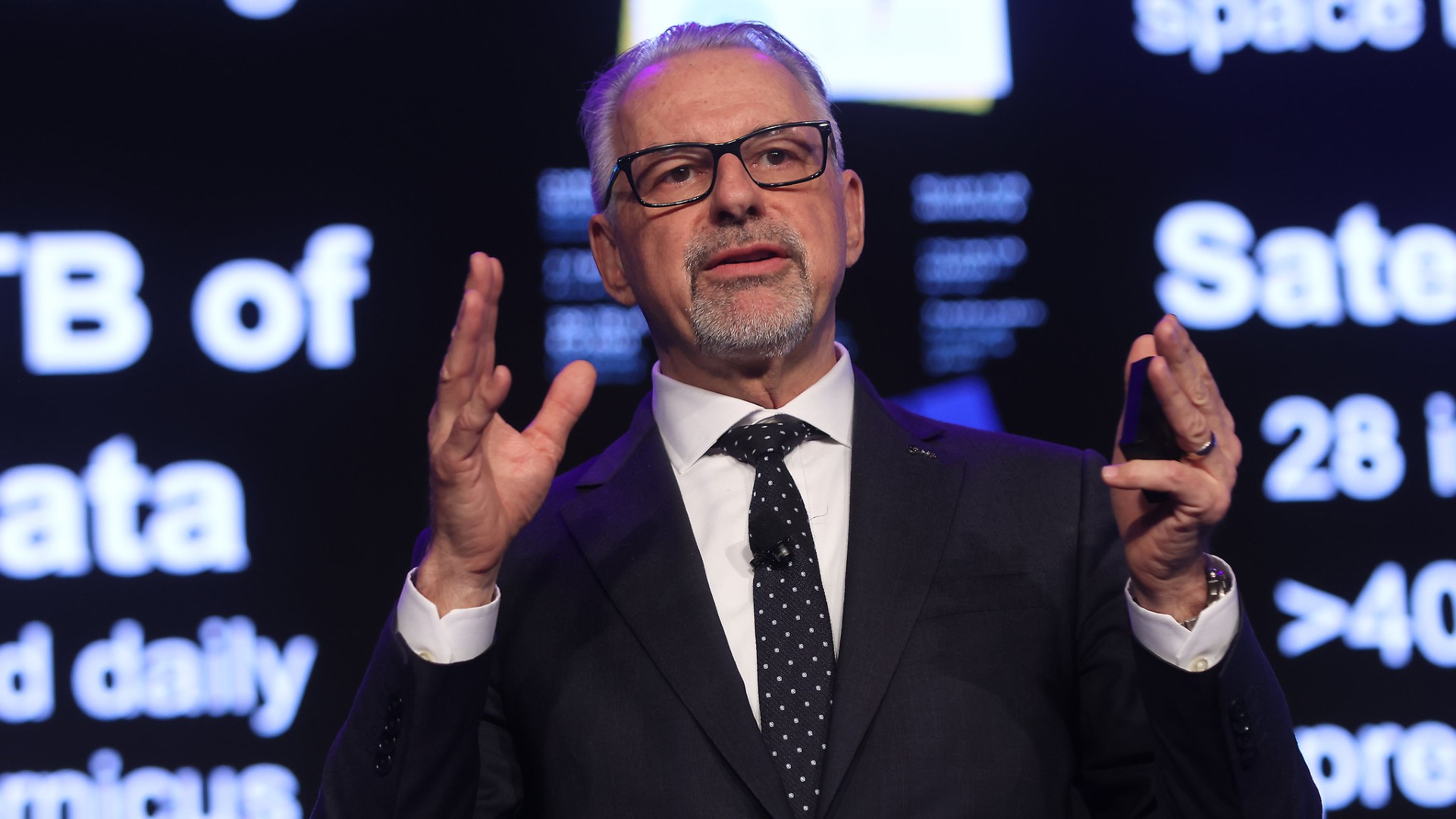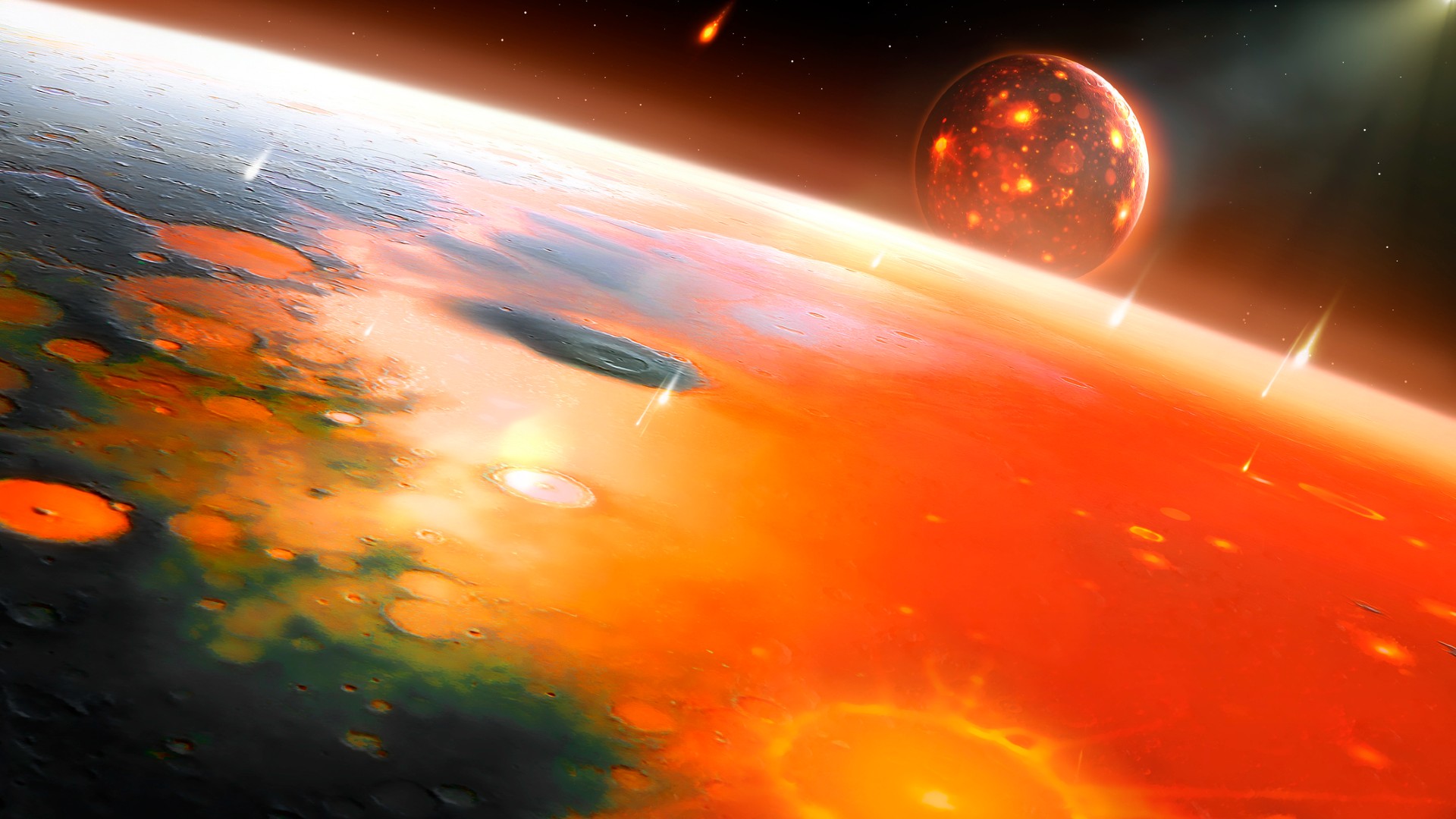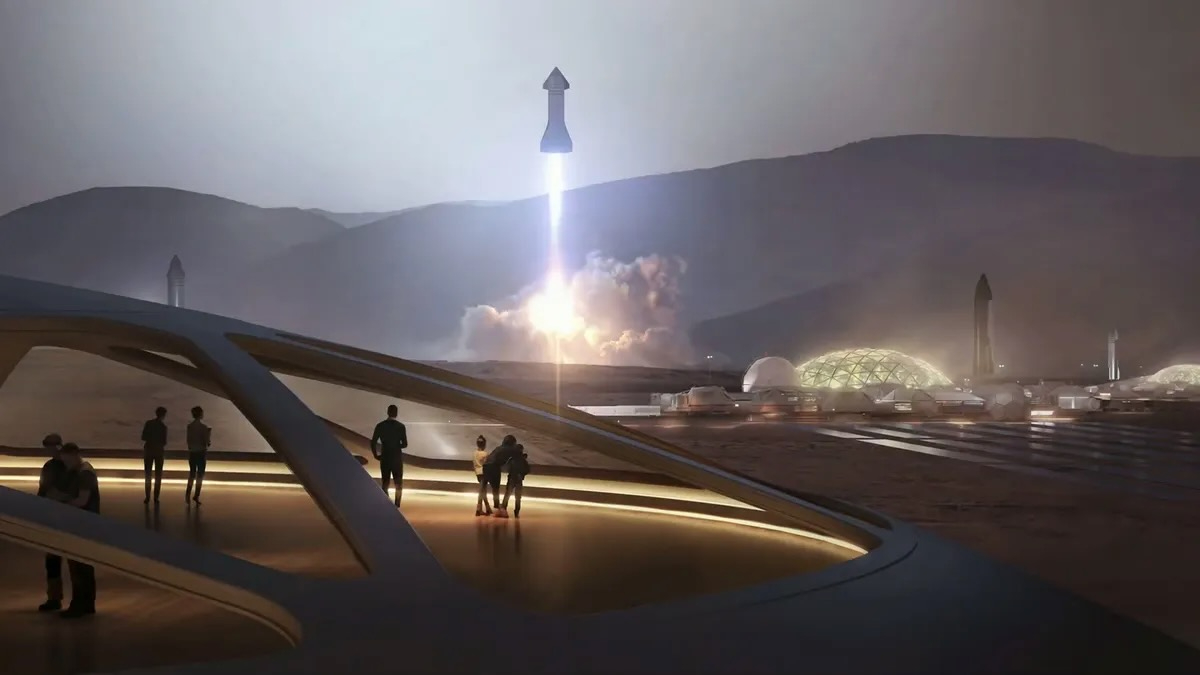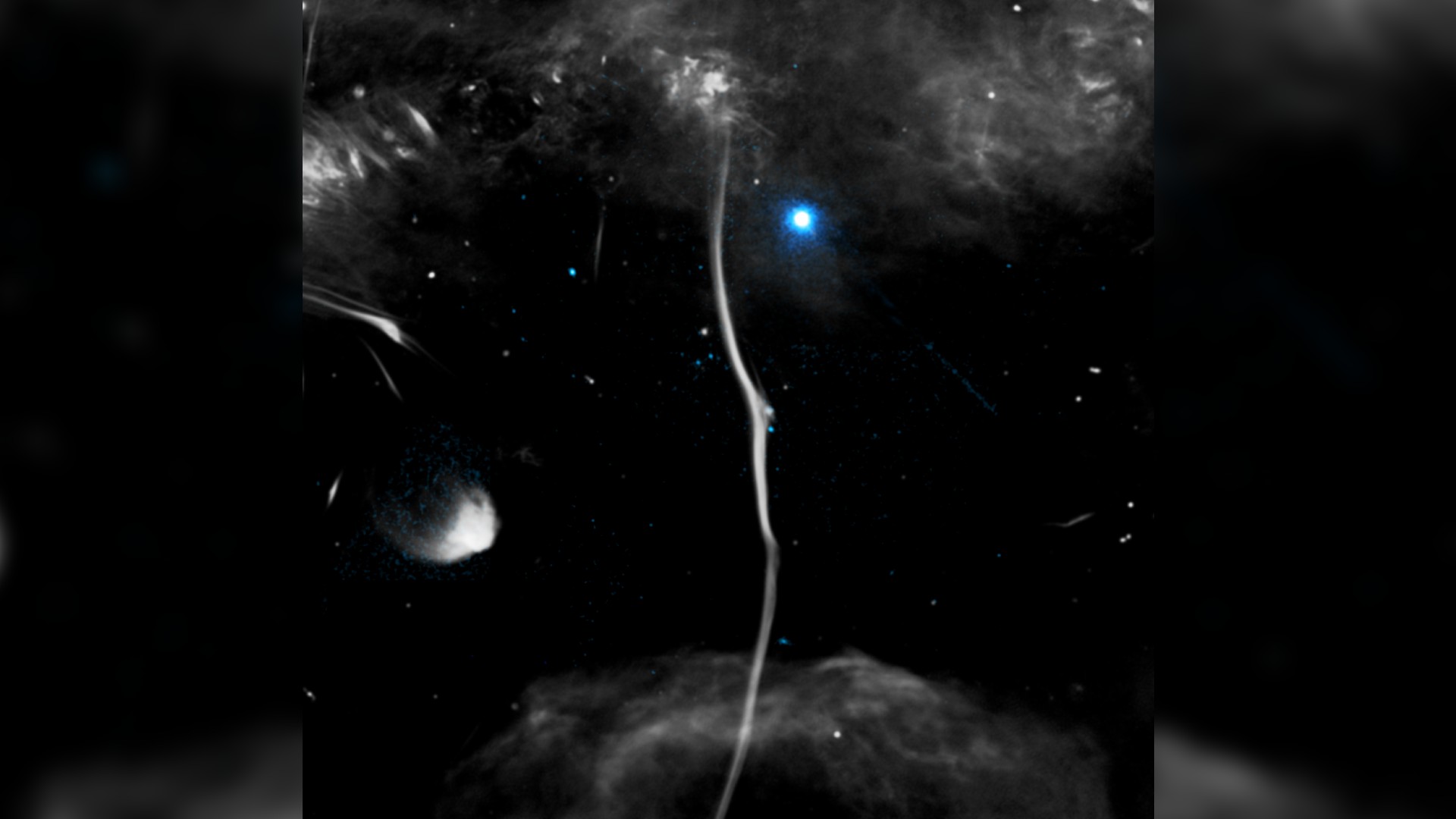SpaceX's Crew Dragon Abort System Aces Ground Test Ahead of Major Launch
The stage is set for a Crew Dragon in-flight abort test.
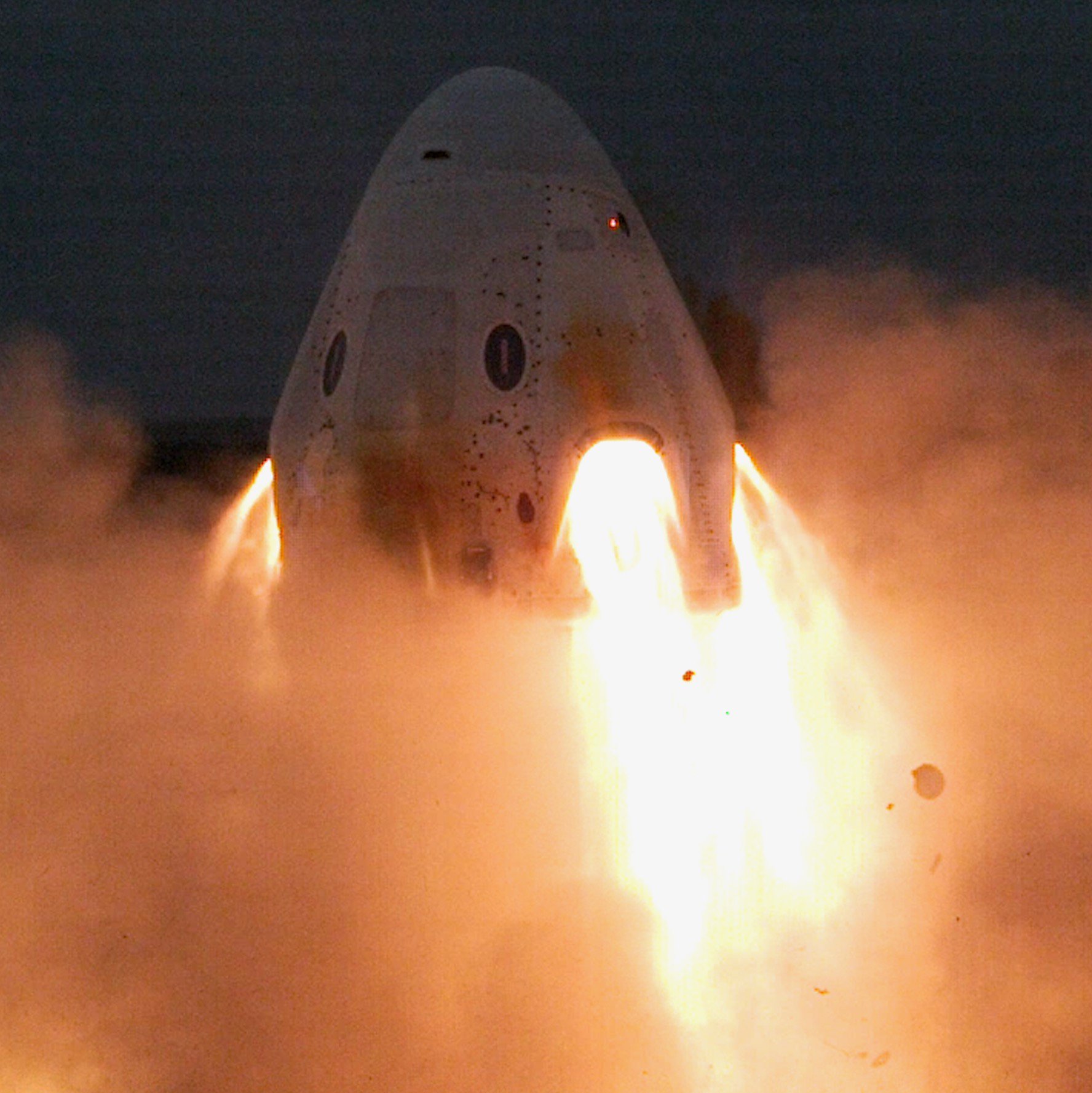
CAPE CANAVERAL, Fla. — SpaceX's Crew Dragon astronaut taxi successfully fired its launch-escape engines on the ground today (Nov. 13) at the company's facilities at Cape Canaveral Air Force Station, keeping the vehicle on target for a crucial flight test in the coming weeks.
The brief "static fire," which occurred at approximately 3:08 p.m. EST (2008 GMT), paves the way for SpaceX's upcoming in-flight abort (IFA) test, a crucial uncrewed flight designed to show that the capsule can keep future astronauts safe in the event that something goes wrong during launch. If the IFA goes well, humans could fly aboard Crew Dragon sometime next year.
Today's static fire took place nearly seven months after an explosion rocked the same test stand during a previous attempt to test-fire Crew Dragon's SuperDraco escape thrusters. That anomaly, which destroyed that particular capsule, led SpaceX to tweak the design of Crew Dragon's abort propulsion system.
Related: The Emergency Launch Abort Systems of SpaceX and Boeing Explained
Full duration static fire test of Crew Dragon’s launch escape system complete – SpaceX and NASA teams are now reviewing test data and working toward an in-flight demonstration of Crew Dragon’s launch escape capabilities pic.twitter.com/CMHvMRBQcWNovember 13, 2019
SpaceX, alongside NASA, the U.S. Air Force and the National Transportation Safety Board, spent several months investigating the April incident before determining the root cause, which the company announced to reporters during a teleconference back in July.
Like many similar designs, the Crew Dragon escape engines rely on volatile chemicals (known as hypergolics) which combust when combined. This allows for simpler and more reliable engines, but managing the propellants can be tricky.
According to SpaceX representatives, the explosion on April 20 took place during testing of the thrusters on the same Crew Dragon spacecraft that flew the historic uncrewed Demo-1 mission to the International Space Station (ISS) in March. SpaceX was testing the craft’s onboard thrusters (both the smaller Draco maneuvering thrusters and the larger SuperDracos) ahead of the planned IFA, which was originally expected to take place this summer.
Get the Space.com Newsletter
Breaking space news, the latest updates on rocket launches, skywatching events and more!
During the April test, a small amount of liquid oxidizer leaked into another system, causing an explosive chain reaction that led to the destruction of the vehicle, investigators concluded. SpaceX said that, going forward, the company would redesign the system, and replace the valves with burst discs.
With today's successful static fire, SpaceX can move past the anomaly and prepare for the upcoming IFA, which is estimated to take place sometime in December. Once SpaceX and NASA have finished reviewing the data collected during this test, a date for the in-flight abort will be set.
SpaceX is one of two companies building space taxis for astronauts under a NASA contract. Boeing is also developing its own crewed spacecraft, the CST-100 Starliner capsule, to ferry astronaut crews to and from the space station. Boeing completed a ground test of its launch escape system, called a pad abort, on Nov. 4.
Starliner has yet to visit the orbiting lab, but Crew Dragon has one ISS mission under its belt — the weeklong Demo-1, which ended with a successful ocean splashdown. That first flight was a major milestone for SpaceX, and one it needed to complete before Crew Dragon can carry people.
The IFA is similarly crucial. The upcoming test will demonstrate that the capsule is capable of keeping astronaut crews safe should something go wrong during the launch into orbit. (A Russian Soyuz spacecraft had to put its emergency escape system into action in October 2018, after its Soyuz rocket failed to perform as expected during a crewed launch to the ISS.)
During the IFA, eight SuperDraco engines — which are embedded in Crew Dragon's hull — will fire, demonstrating that the spacecraft can pull itself away from the rocket. SpaceX will launch one of its Falcon 9 rockets with the Crew Dragon on top. Just after liftoff, the company will activate the abort system, which will blast the capsule away from the rocket.
Video: SpaceX Crew Dragon SuperDraco Tests in Multiple Amazing Views
SpaceX has not yet proven out the escape thrusters during flight, though the company did perform a successful pad abort test on the ground in 2015 using the system.
SpaceX's next big milestone after the IFA will be its first crewed mission, in which Crew Dragon will carry two astronauts — Bob Behnken and Doug Hurley — to the space station for a brief stay before returning to Earth.
- Watch SpaceX's Crew Dragon Fire Its Abort Engines in Amazing Video Compilation
- In Pictures: Blue Origin's New Shepard Capsule Tests In-Flight Abort System
- Orion Capsule's Launch-Abort System: How It Works
Follow Amy Thompson on Twitter @astrogingersnap. Follow us on Twitter @Spacedotcom or Facebook.

Join our Space Forums to keep talking space on the latest missions, night sky and more! And if you have a news tip, correction or comment, let us know at: community@space.com.

Amy Thompson is a Florida-based space and science journalist, who joined Space.com as a contributing writer in 2015. She's passionate about all things space and is a huge science and science-fiction geek. Star Wars is her favorite fandom, with that sassy little droid, R2D2 being her favorite. She studied science at the University of Florida, earning a degree in microbiology. Her work has also been published in Newsweek, VICE, Smithsonian, and many more. Now she chases rockets, writing about launches, commercial space, space station science, and everything in between.

